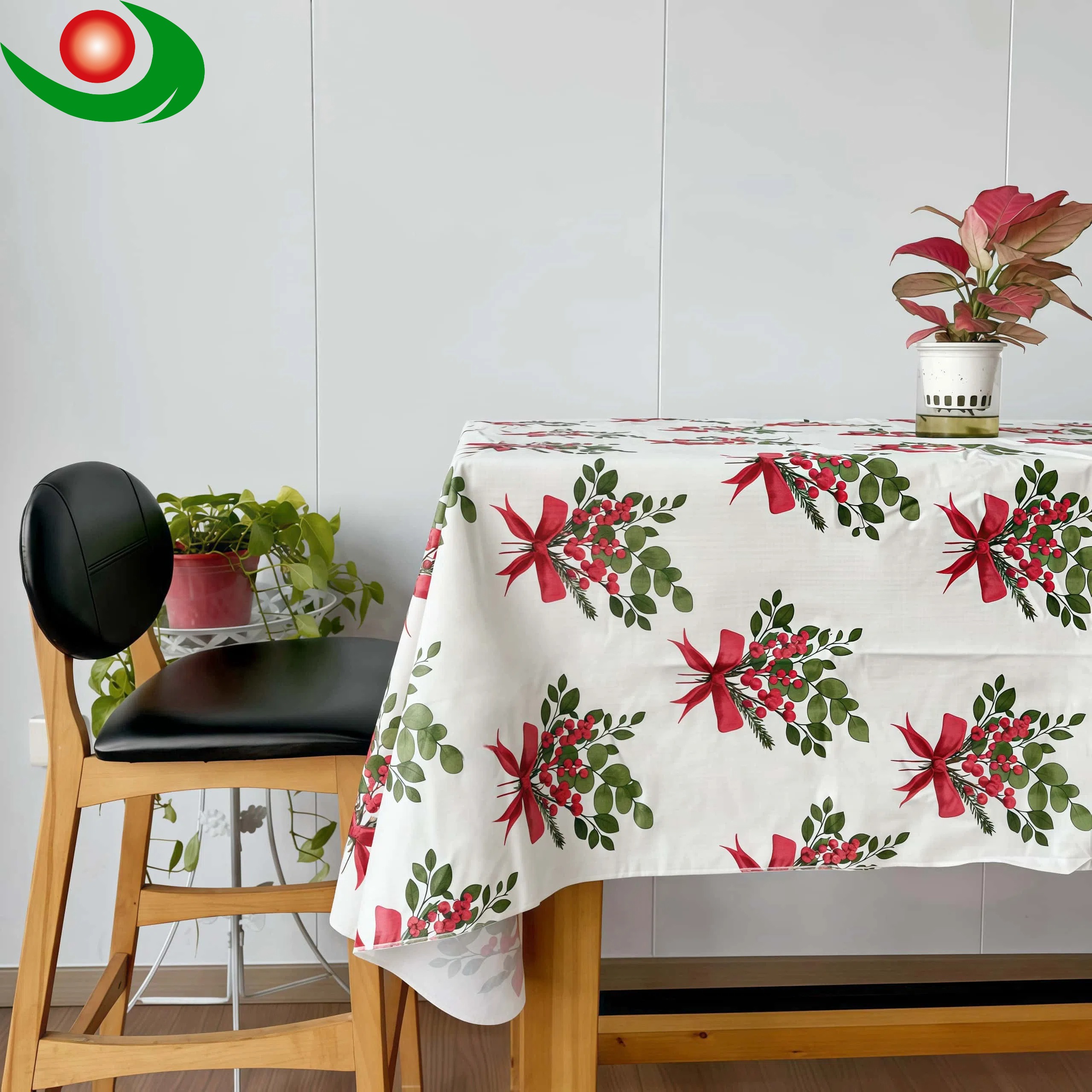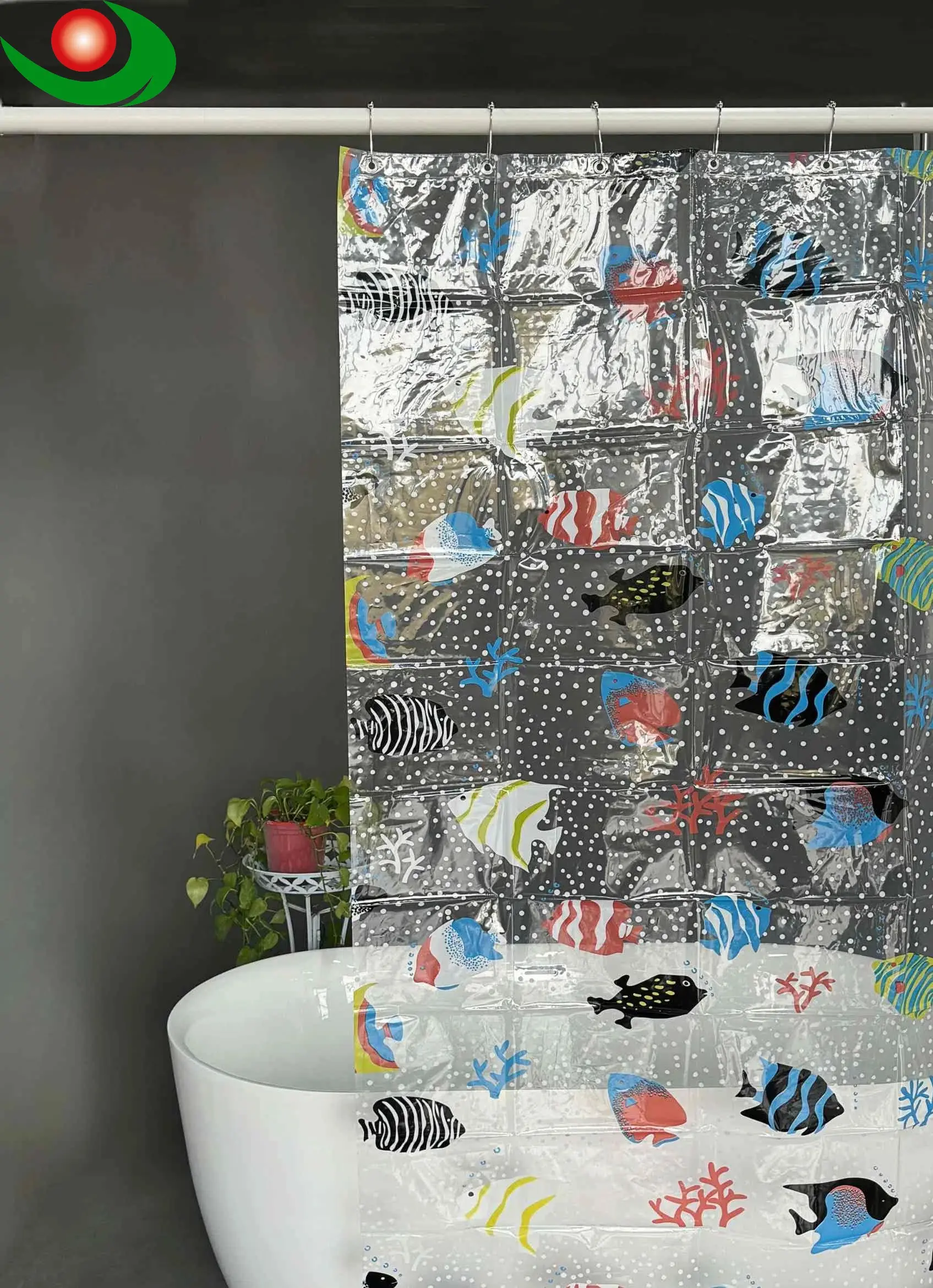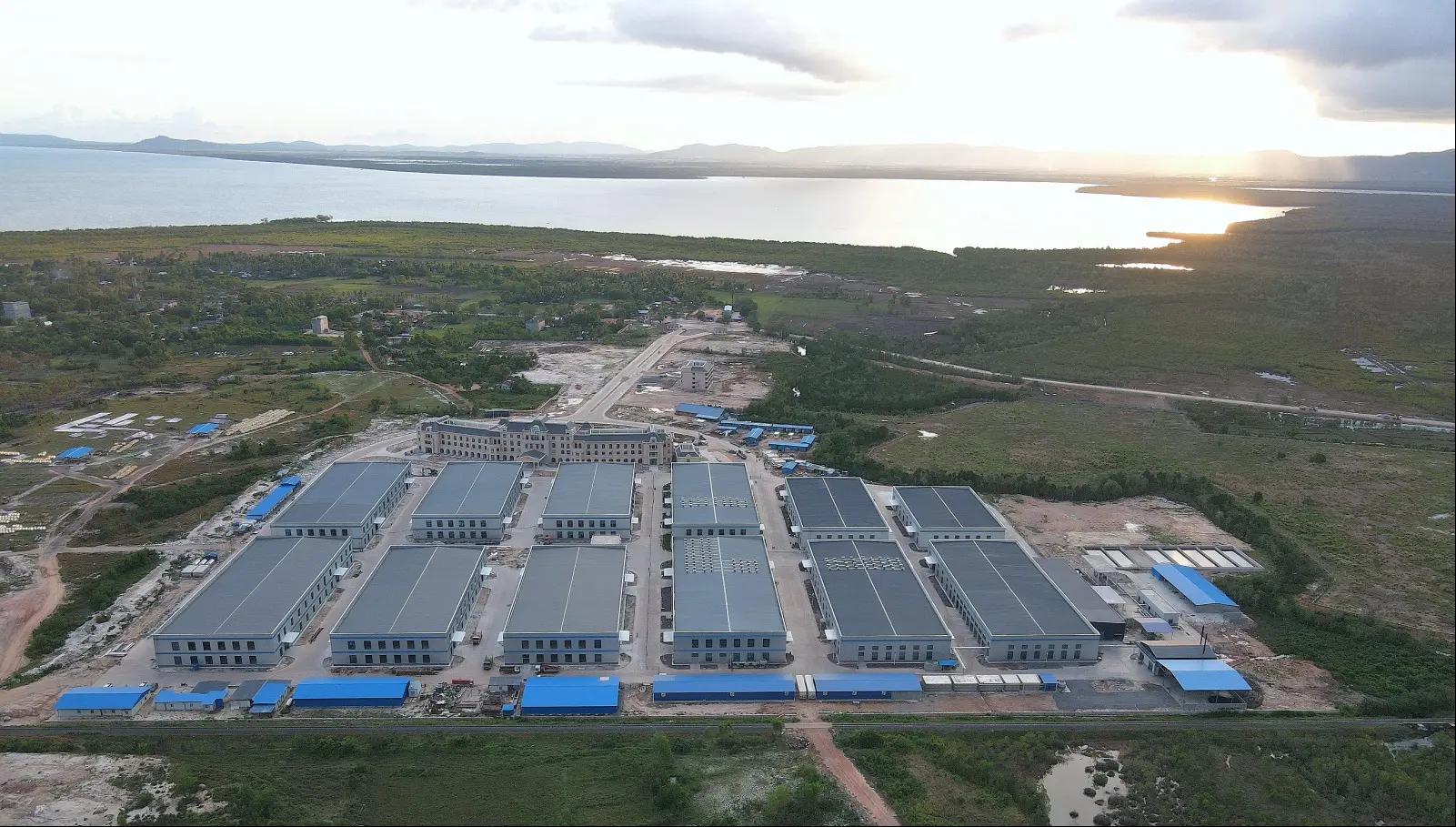Detailed Scientific Introduction to Polyester Shower Curtains
Polyester (polyester fiber) Shower Curtains are common household bathroom items. The following is a detailed introduction covering material characteristics, advantages/disadvantages, purchasing tips, maintenance guidelines, and more:
Material Characteristics of Polyester Shower Curtains
Chemical Composition Polyester, commonly known as polyester fiber (PET), is synthesized from petroleum derivatives. It exhibits high strength, corrosion resistance, and hydrophobicity.
Physical Properties
- Water Resistance: Virgin polyester has a low water absorption rate (approximately 0.4%), but complete waterproofing requires coating or dense weaving treatment.
- Abrasion Resistance: It has better tear resistance than plastic shower curtains like PEVA, making it less prone to damage during long-term use.
- Temperature Resistance: The softening point is around 230°C, suitable for daily high-temperature use (though high-temperature steam may accelerate coating aging).
Advantages and Disadvantages of Polyester Shower Curtains
Advantages:
- Durability: More resistant to folding and friction than PEVA/PVC shower curtains, ideal for frequent opening/closing.
- Easy Cleaning: Machine-washable (gentle cycle recommended) and quick-drying.
- Environmental Friendliness: Some products use recycled polyester (e.g., RPET), reducing petroleum consumption.
- Diverse Designs: Suitable for printing and dyeing, offering rich pattern choices.
Disadvantages:
- Stiff Touch: Less soft than Cotton Shower curtains.
- Static Electricity: Prone to dust adsorption in dry environments, which can be mitigated by adding antistatic agents.
- Poor Breathability: Requires proper bathroom ventilation to prevent mold growth in humid conditions.
Process Types of Polyester Shower Curtains
1.Coated Polyester
A PVC or PU layer is applied to the back for full waterproofing, though it may contain plasticizers (look for environmental certifications like OEKOTEX® when purchasing).
2.High-Density Woven Polyester
Treated with high-count weaving and waterproof additives (e.g., Teflon), offering better breathability at a higher cost.
3.Composite Materials Blended with spandex for elasticity or embedded with antibacterial fibers (e.g., silver ions) to inhibit mold.
Purchasing Guidelines
1.Thickness: Opt for 120–180 gsm (grams per square meter). Too thin curtains are prone to fluttering, while too thick ones dry slowly.
2.Dimensions: Height should be 5–10 cm shorter than the shower rod to avoid water accumulation on the floor; width should exceed the rod by 20–30 cm for full coverage.
3.Environmental Certifications: Check for GREENGUARD (low VOC) or EU REACH compliance (free of hazardous substances).
4.Accessories: Prefer stainless steel or ABS resin hooks to avoid rusting.
Usage and Maintenance Tips
- Mold Prevention: Open the curtain for ventilation after each use; periodically clean with diluted white vinegar or special mold-resistant sprays.
- Cleaning Methods: Machine-wash with the curtain inside out at ≤30°C; avoid bleach. Coated polyester is recommended for hand washing to prevent peeling.
- Replacement Cycle: Generally 2–3 years; replace when obvious water stains, hardening, or coating peeling occur.
Comparison with Other Materials
| Material | Polyester | PEVA | PVC | Cotton/Linen |
| Water Resistance | Excellent (with treatment) | Excellent | Excellent | Poor (needs lining) |
| Environmental Friendliness | Moderate (recyclable) | High (chlorine-free) | Poor (contains chlorine) | High |
| Price | Medium-high | Low | Low | High |
Frequently Asked Questions
Q: Can polyester shower curtains grow mold?
A: Mold may grow in humid environments, but antibacterial models or regular cleaning can alleviate this.
Q: Can they be used outdoors?
A: Suitable for short-term use, but prolonged sun exposure may cause UV degradation (choose UV-protective models for outdoor use).
Conclusion: Polyester shower curtains excel in durability and functionality, making them ideal for modern households prioritizing practicality. Choosing different processes and designs based on needs can effectively enhance the bathroom experience.














